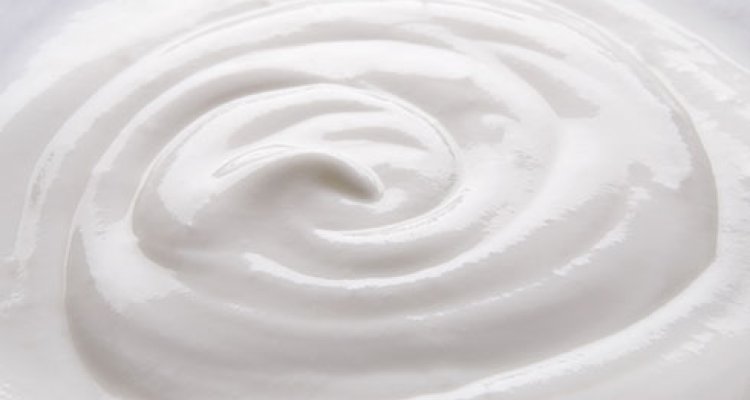
Project
Double emulsions as fat replacers – from physical stability to oral processing and sensory perception and back
The use of multiple w/o/w emulsions is a promising strategy to reduce oil contents in food products. Parameters which influence the amount of water inside the oil droplets, corresponding to the level of fat reduction, are studied. Additionally, the sensory perception of these double emulsions as well as in-mouth stability upon oral processing are investigated.
Motivation
The food industry often provides processed food which overconsumption is linked to an increase in obesity. It therefore aims to tackle this problem by reducing the energy density of high caloric food. Especially fat delivers high caloric value per gram of food (9kcal/g), compared to carbohydrates and proteins (4 kcal/g). In many food products, fat/oil is present it in small droplets. These food products are for example dairy products (milk, cream, vla), salad dressings, mayonnaise, crème soups, processed meat products, or bakery products.
Our approach to lower the caloric value is to replace part of the oil by introducing small water droplets inside these oil droplets. By doing so, the amount of oil is decreased while maintaining a similar oil droplet surface area.

Physical stability
To make these double emulsions applicable in food products like baked products, a lot of research is required, for example to understand which factors influence that the inner water droplets are released and therefore lost (which means that the fat reduction level is decreased). This includes the properties of the water droplets (you can for example gel them to make the release more difficult), or the composition of the outer water phase (e.g. the viscosity or other ingredients can influence the release, too). Since the goal is to later apply these water-filled oil droplets in food products, also research on processing stability is important: how stable are they when shear-forces (like in mixing steps) are applied, how stable are they at high temperatures (like in a baking process), and which factors (e.g. gelling of the inner water droplets) improve the stability? And lastly, it is also important to investigate how much oil can actually be replaced by these water droplets, so how much fat can be reduced with this system?
Sensory perception
As mentioned before, potential applications include for example salad dressings and other liquid products containing small oil droplets. The sensory perception of these products is influenced by for example the amount of oil, the type of oil, the oil droplet size and the viscosity.
In literature, it is assumed but not proven that sensory perception, with focus on mouthfeel-related attributes like fattiness, creaminess and thickness, of double emulsions is the same as of normal oil-in-water (o/w) emulsions, since the water is entrapped inside the oil droplets and should therefore not influence the perception related to oil. With two sensory studies (one with a trained panel, one with an untrained panel), we therefore test the hypothesis that various double emulsions have similar sensorial properties (especially mouthfeel attributes like creaminess, thickness, fattiness) compared to their full-fat counterparts. Since these attributes are related to rheological and tribological properties, we also investigate the lubrication (tribological) properties of double emulsions, the influence of previously studied parameters (like the effect of gelation of inner water phase, the type of emulsifier, the amount of dispersed phase) and relate these findings to the previously obtained results from the descriptive sensory study.
Oral processing
In addition, we will also study the in-mouth stability of various multiple emulsions by testing how (artificial) saliva and oral processing influence the stability (oil droplet size and release of inner water phase) of a selection of multiple emulsions. Several parameters like the type and concentration of hydrophilic emulsifier influence the yield, i.e. the amount of inner water remaining inside the oil droplets. Simultaneously, different types of hydrophilic emulsifiers interact differently with saliva, which likely influences the yield and stability of double emulsions in the mouth.
Impact
In summary, with this project we aim to gain a better understanding of which parameters influence the stability of double emulsions from a physical point of view, as well as to study their sensory perception and stability upon oral processing. With this project, we acquire and provide relevant knowledge about the use and applicability of double emulsions as fat replacers in food products.
More research: Food structure, oral processing and sensory perception